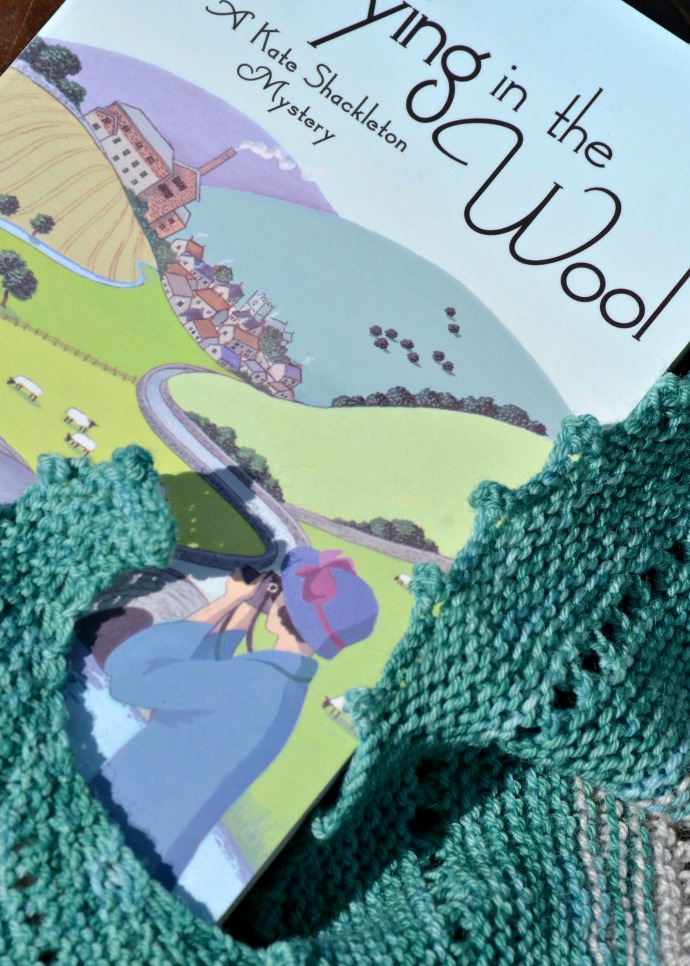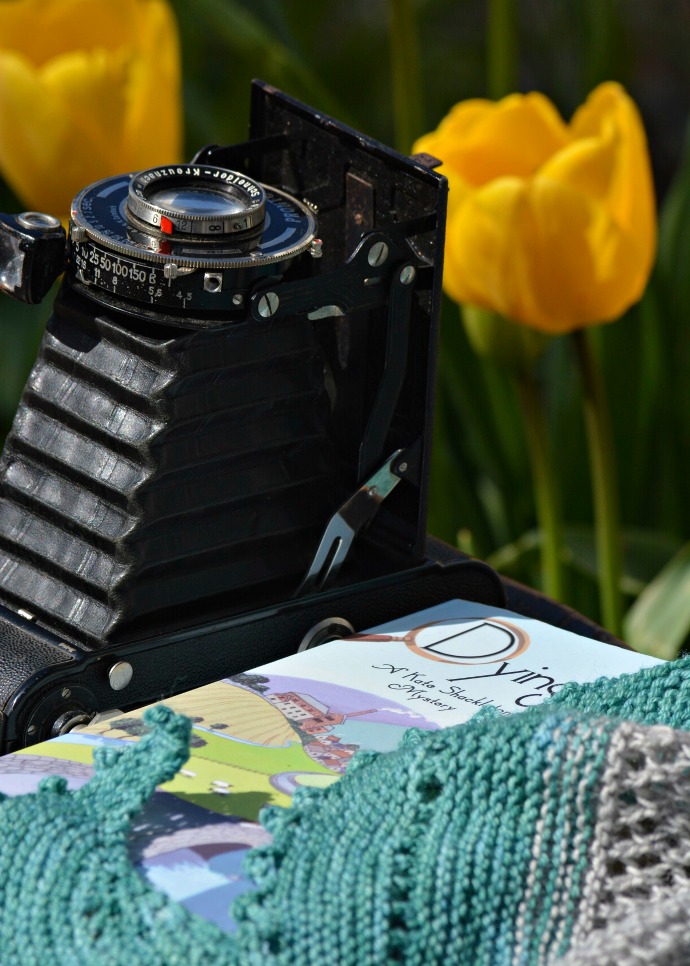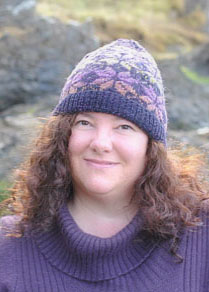When Kate Shackleton’s friend Tabitha asks her to investigate her father’s disappearance from a small Yorkshire village, scandalous secrets are uncovered and Kate’s life is put in danger, in Dying in the Wool by Frances Brody.

Kate Shackleton is an independent 31-year-old who was a volunteer nurse during World War I. She is as clever as she is elegant and has sufficient means to choose how she lives her life, which was rare for single women in 1920’s England.
Kate does what she wants (despite the views of her mother) and as she is interested in photography, she takes it up as an amateur. She goes where she wants to and so drives her own motor car, getting admirers wherever she goes.

Underneath this facade, however, Kate is emotionally scarred. Her husband Gerald was declared missing in action four years ago but his body was never found. Kate cannot quite believe he is dead; one half of her knows he is dead, whilst the other still believes she will be able to see him again one day.
Kate has taken up the plight of families searching for soldiers who were missing in action and has made a bit of a reputation for herself as an amateur sleuth. So, when Tabitha (a friend from her nursing days) asks for her help to find her missing father, she cannot say no. Yet, this case turns out to be very different from her previous cases.
Tabitha’s father, Joshua Braithwaite, was a wealthy mill owner in the quiet village of Bridgestead. Bridgestead is in a picturesque part of Yorkshire dominated by the mill and its industry of dyeing and weaving wool fabrics. Joshua’s disappearance, in 1916, therefore caused quite a stir, especially since he was about to be charged with the crime of attempted suicide. It is now April 1922 and theories abound as to what happened to him. Despite all this, all Tabitha wants is for her father to be returned to her so that he can walk her down the aisle on her wedding day!

Kate and her sidekick Jim Sykes resolve to uncover the mysterious disappearance before Tabitha’s wedding. Among their suspects are Evelyn, Joshua’s arrogant wife; Neville, Joshua’s cousin; Hector, Tabitha’s fiancé; Arthur, a disgruntled inventor; mill workers, Paul and Lizzie; and Dr Grainger, the psychiatrist in charge of the local hospital.
Kate stirs up the locals with her bravado and questioning. Before long she is thwarted by a death at the mill and her investigations soon expose secrets that put her own life in peril.

This is the first in the Kate Shackleton mystery series. This episode gave a real feel for the period in which it is set. The author brings to life the ambience of the working mills and has captured the essence of the period, traditions and society of the time. I liked the setting of the 1920’s working mill and the wool trade surrounding it. The author seems to have taken a lot of care in her research of the period and how the mills were run in those days. She has got the right feel about the attitudes of the workers and mill owners of the time too, I think.

There is a lot of substance underlying the story and the mystery has enough realism to keep it enjoyable. The story did drag a little early on, I think partly because of the inclusion of flashback chapters from other character’s point of view. However, as a first in a series, it introduced the setting, characters and place well.
I connected to Kate almost from the start. She is a likeable character, with her habits and faults, making her a believable individual. I liked that she was determined to hold her own in Yorkshire society which was so male-dominated. And I loved how she caused such a stir amongst the locals as a female driver. Kate is an interesting character and there is scope for her to develop further.

I liked Kate and Sykes relationship. They came from very different backgrounds and as such were wary of each other from the start, but they worked together well as a team. At times, Sykes was invaluable to Kate due to his bloodhound determination. I also enjoyed the character of Mrs Sugden (Kate’s prickly housekeeper) although she is not in the story much. The minor characters all had more revealed about them as the tale develops. They were therefore realistic and added depth to the narrative.

The writer’s style was, I found, unhampered by the detail that is included in the novel. I found that I was intrigued by the mystery whilst at the same time interested in the life of the people from that time.
I was impressed by the ending which was full of action and yet realistic and thought-provoking.

Kate is an interesting and well-written character and I enjoyed the 1920’s setting. Dying in the Wool is a promising start for this mystery series by Frances Brody. I found that the story grew on me as I read through the novel. It reminded me of the Phryne Fisher novels by Kerry Greenwood and subsequent ABC TV series and I hope it will be as successful.
The shawl in the photos attached to this blog is the Jujuy Shawl designed by Joji Locatelli which is available here. I used Merino 4 ply hand dyed yarn to knit this beautiful shawl. I read this book in softback version.



I'd love to hear from you. Let me know what you think...